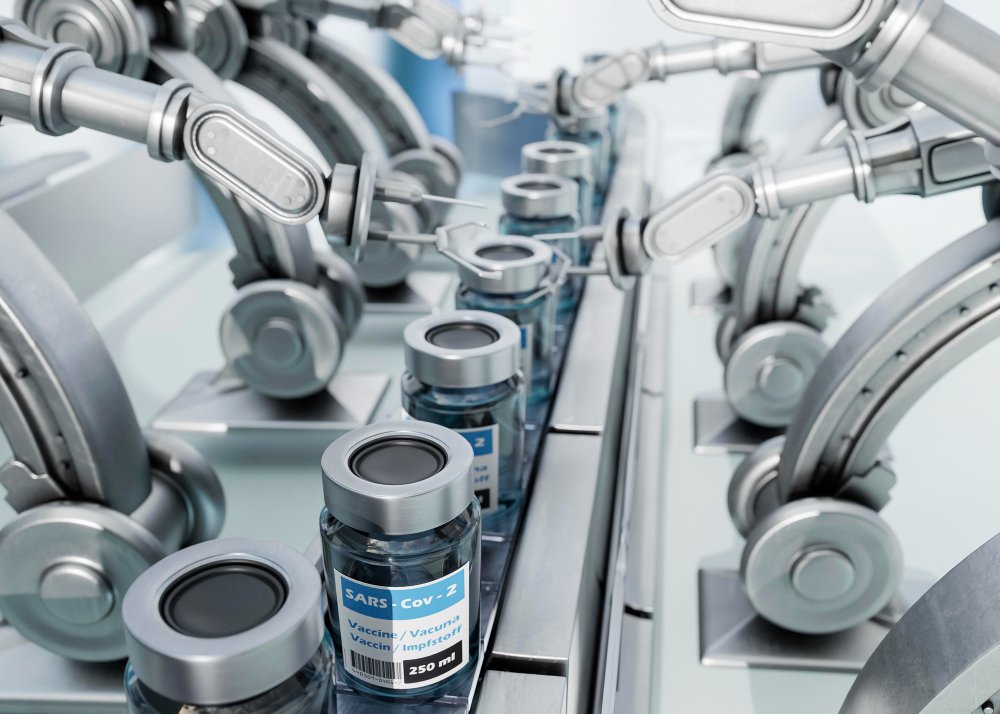Plastic injection molding is a cornerstone of modern manufacturing, producing everything from everyday consumer goods to critical components in advanced technologies. While the process is highly efficient, the quality of materials used is crucial to the success of the final product. Companies like wundermold.com/, a trusted plastic injection molding manufacturer, know that using high-quality materials is key to creating durable, reliable, and high-performing parts. Understanding why material quality matters in plastic injection molding is essential for any manufacturer aiming to deliver top-tier products.
The Role of Material Quality in Injection Molding
Material quality is a key determinant of the success of any plastic injection molding process. The properties of the raw material directly affect the moldability, strength, durability, and overall performance of the finished product. Choosing the right material is not just about meeting the immediate requirements of the part but also about ensuring long-term reliability and functionality.
How Material Quality Impacts Product Performance
High-quality materials result in plastic parts that can withstand various stresses and environmental factors, ensuring they perform their intended functions effectively. Conversely, low-quality materials can lead to defects such as warping, cracking, or premature wear and tear, which can compromise the safety and effectiveness of the final product.
- Strength and Durability: High-quality materials ensure that the molded parts can withstand mechanical stresses, making them more durable and less likely to fail under pressure.
- Precision and Consistency: Superior materials provide better flow characteristics during the molding process, resulting in parts with precise dimensions and consistent quality across production runs.
- Resistance to Environmental Factors: Quality materials offer greater resistance to UV light, chemicals, and temperature variations, which is critical for parts used in demanding environments.
Choosing the Right Material for Injection Molding
Selecting the appropriate material for plastic injection molding is a complex process that involves considering multiple factors, including the part’s intended use, environmental conditions, and regulatory requirements. The material must meet the mechanical, thermal, and chemical properties necessary for the application while also being compatible with the molding process.
Common Materials Used in Injection Molding
Several materials are commonly used in plastic injection molding, each with its unique properties and advantages. These materials range from general-purpose plastics like polypropylene and polyethylene to engineering-grade resins like nylon, polycarbonate, and ABS.
Material Selection Considerations
- Application Requirements: The material must meet the specific performance requirements of the part, such as strength, flexibility, or impact resistance.
- Moldability: The material should flow easily within the mold cavity to produce parts with intricate details and minimal defects.
- Cost-Effectiveness: While quality is paramount, the material should also offer a good balance between performance and cost, ensuring the final product is affordable for both the manufacturer and the consumer.
The Importance of Quality Plastic Parts for A2L Refrigerants
In the refrigeration industry, A2L refrigerants are becoming increasingly common due to their lower global warming potential. At https://galarson.com/, the focus is on these innovative refrigerants, which demand components capable of withstanding specific pressures and chemical exposures. Ensuring the use of quality plastic parts is vital in this context to maintain the safe and efficient operation of refrigeration systems that utilize A2L refrigerants.
Why Material Quality is Critical for A2L Refrigerants
Components made from high-quality plastic materials are essential for A2L refrigerants because they provide the necessary resistance to chemical reactions and maintain their structural integrity under the operational conditions of refrigeration systems. Poor-quality parts could lead to leaks, system failures, or even hazardous situations, underscoring the importance of material selection in the production of these components.
A2L refrigerants are classified as having lower flammability but require precise engineering in system design to ensure safety and efficiency.
The Consequences of Compromising on Material Quality
Compromising on material quality in plastic injection molding can have far-reaching consequences. Not only can it result in defective products, but it can also lead to costly recalls, legal liabilities, and damage to a company’s reputation. In industries where safety and performance are critical, such as automotive, medical, and electronics, using inferior materials can be particularly detrimental.
Potential Risks of Using Low-Quality Materials
- Product Failures: Parts made from low-quality materials are more prone to failure, which can result in malfunctioning products and pose safety risks to end-users.
- Increased Waste: Poor-quality materials often lead to higher rejection rates during production, increasing waste and driving up manufacturing costs.
- Regulatory Non-Compliance: In some industries, using substandard materials can result in non-compliance with regulations, leading to fines and potential bans on selling the product.
Investing in Quality for Long-Term Success
In plastic injection molding, the quality of the material is not just a technical detail—it’s a critical factor that determines the success of the entire production process. High-quality materials lead to superior products that meet or exceed customer expectations, withstand the test of time, and comply with industry regulations.
Manufacturers should prioritize material quality when selecting plastics for injection molding, especially in industries where safety and performance are paramount. By investing in the right materials, companies can ensure their products are not only functional but also reliable, durable, and capable of delivering long-term value to customers.
Choosing high-quality materials is an investment in the future success of your products and your brand. Whether producing parts for refrigeration systems using A2L refrigerants or any other application, material quality should always be at the forefront of the decision-making process.
Read more blogs at Techo Pedia

